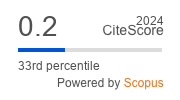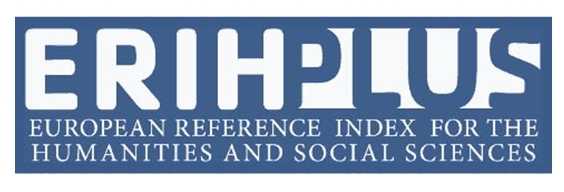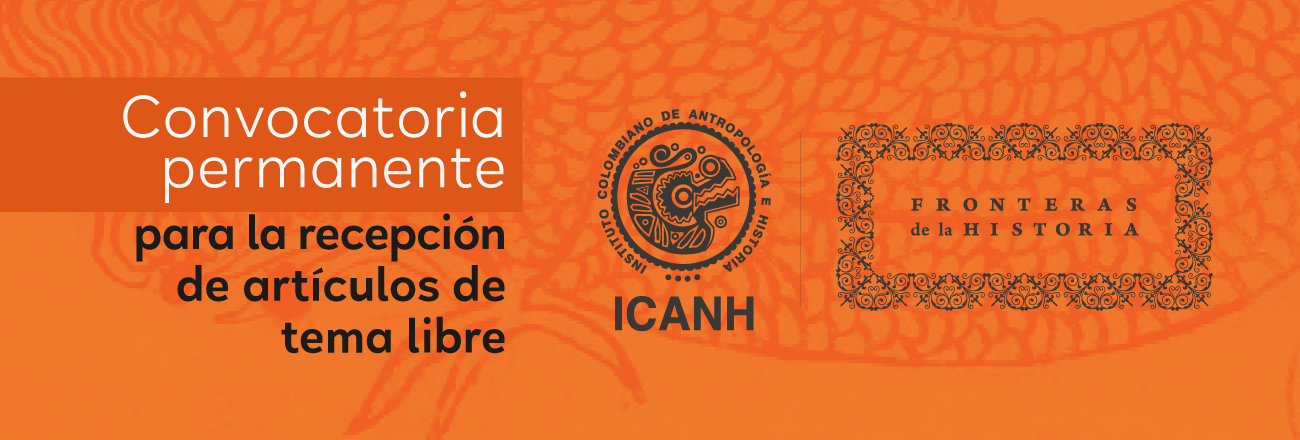Two trends in the conformation of aesthetic nationalism in Argentina. The contributions of the Mendoza artists Fernando Fader and Vicente Lahir Estrella to the debate on national art
Abstract
This article comparatively explores two provincial aesthetic trends that participated in the debate on the definition of the scope and limits of the artistic field at the time of definition of aesthetic nationalism in Argentina in the first decades of the 20th century. The intention is to contrast the aesthetic ideas of two interior artists: Fernando Fader and Vicente Lahir Estrella. The first erected as a monument of national art since its consecration in the capital of the country; the second practically forgotten despite its importance in the formation of the first modern artistic institutions in the province of Mendoza. Without confronting each other controversially, both artists represented, within the framework outlined by aesthetic nationalism, divergent proposals and to a certain point opposed to the forms that Argentine art should adopt, proposals that were necessarily crossed and structured by the political positions they assumed in the context of the crisis of the liberal city.
Downloads
References
Altamirano, C. (2013): Intelectuales. Notas de investigación sobre una tribu inquieta, Buenos Aires, Argentina, Siglo Veintiuno Editores.
Bourdieu, P. (2010): El sentido social del gusto. Elementos para una sociología de la cultura, Buenos Aires, Argentina, Siglo Veintiuno Editores.
Chiavazza, P. (2013): Una academia sin par. 80 años de la Academia Provincial de Bellas Artes. 80 aniversario de la Academia Provincial de Bellas Artes de Mendoza, Mendoza, Municipalidad de la Ciudad de Mendoza.
Chiavazza, P. (2010): “Vicente Lahir Estrella y su rol en la construcción del moderno campo artístico mendocino”, en Distéfano, G., O. Zalazar, M. D Márquez y P. Chiavazza, El ojo de la época. 4 ensayos para una muestra, Mendoza, Fundación Gutenberg, pp. 51-62.
Cippolini, R. (2011): Manifiestos argentinos: Políticas de lo visual 1900-2000, Buenos Aires, Adriana Hidalgo Editora.
Estrella, V. L. (1963): 30 años de experiencias y realizaciones al servicio de la educación estética popular 1933-1963, Mendoza, Editorial Surco.
Estrella, V. L. (sf): Memorias, Mendoza, Inédito.
Grüner, E. (2004): “El conflicto de la(s) identidad(es) y el debate de la representación. La relación entre la historia del arte y la crisis del político en una teoría crítica de la cultura”, La Puerta FBA, 1, pp. 58-68.
Gutiérrez Viñuales, R. (1998): Fernando Fader. Obra y pensamiento de un pintor argentino. Santa Fe, Instituto de América, CEDODAL.
Muñoz, M. Á. (2008): Los artistas del pueblo 1920-1930, Buenos Aires, Fundación OSDE.
Rojas, R. (1951): Eurindia. Ensayo de estética sobre las culturas americanas, Buenos Aires, Editorial Losada.
Terán, O. (2015): Historia de las ideas en la Argentina. Diez lecciones iniciales, 1810-1980, Buenos Aires, Siglo Veintiuno Editores.
Vallejo, G. y Miranda, M. (2004): “Evolución y revolución: explicaciones biológicas de utopías sociales”, en H. E. Biagini, El pensamiento alternativo en la Argentina del siglo XX. Identidad, utopía, integración (1900-1930) Vol. I,), Buenos Aires, Editorial Biblos, pp. 403-417.
Viñas, D. (2014): De los montoneros a los anarquistas, Buenos Aires, Santiago Arcos Editor.
Viñas, D. (2013): Indios, ejército y frontera, Buenos Aires, Santiago Arcos Editor.
Viñas, D. (1973): Literatura argentina y realidad política. La crisis de la ciudad liberal, Buenos Aires, Ediciones Siglo Veinte.
Copyright (c) 2021 Pablo Chiavazza

This work is licensed under a Creative Commons Attribution-NonCommercial-ShareAlike 4.0 International License.

Esta obra está bajo licencia internacional Creative Commons Reconocimiento-NoComercial-CompartirIgual 4.0.









_18.09_.00_1.png)


















